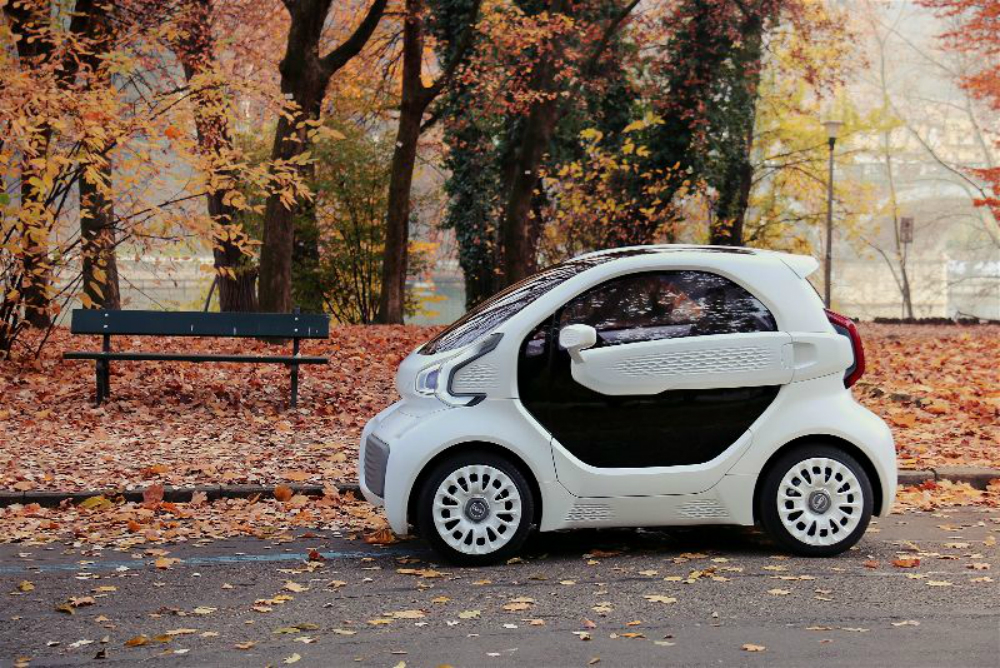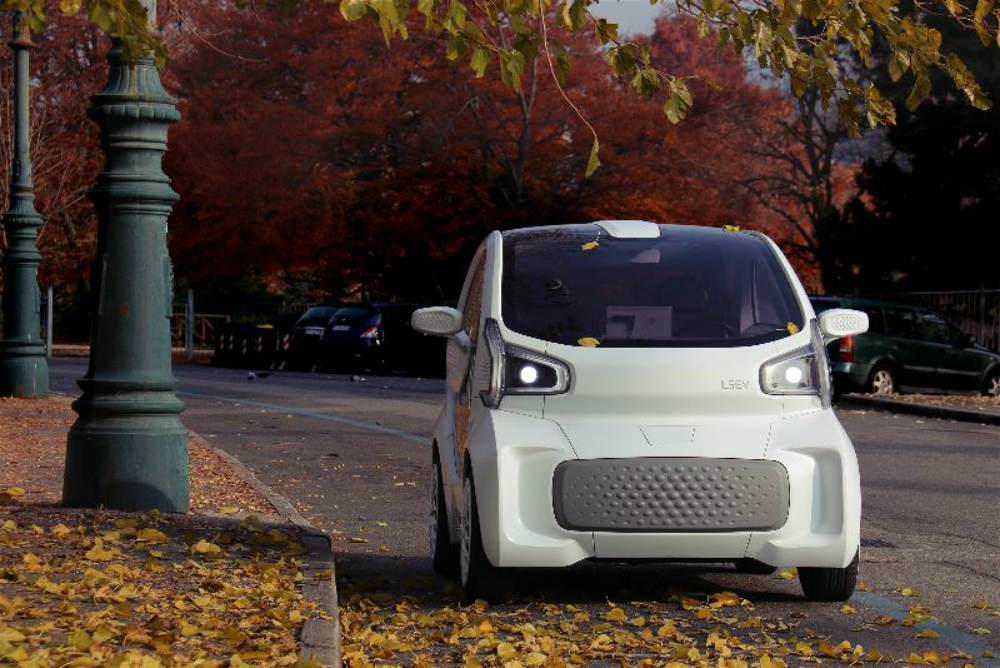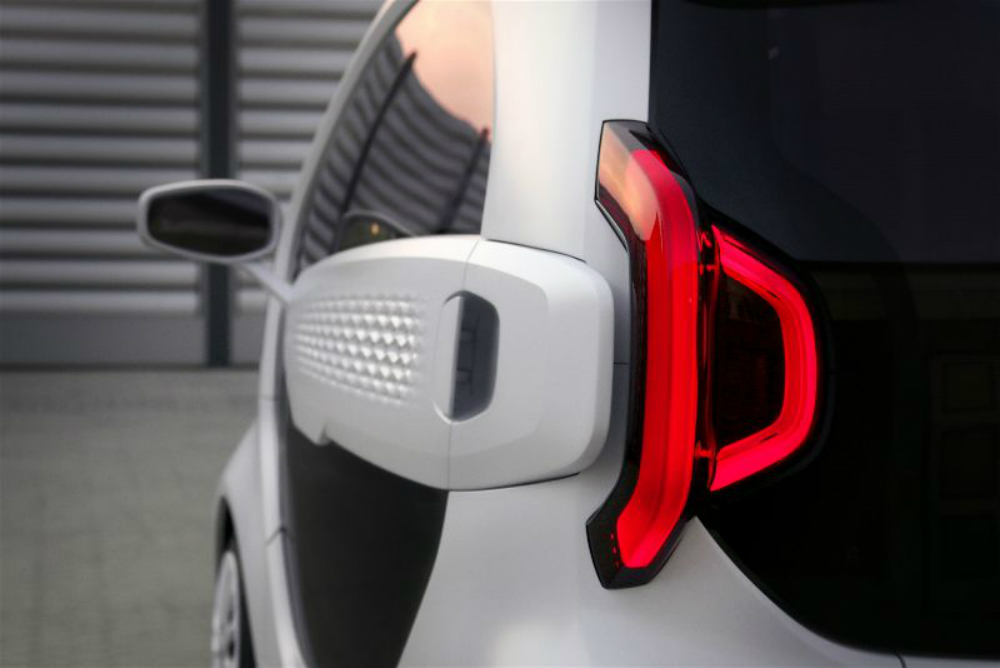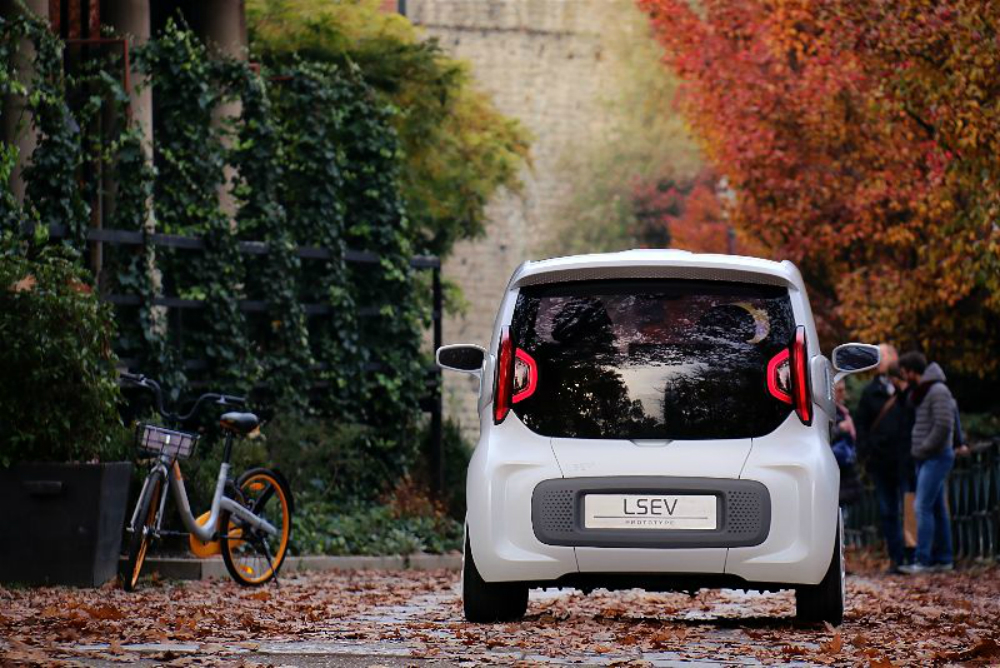Shanghai-based 3D printing materials company Polymaker and X Electrical Vehicle Limited (XEV) recently launched a small car that breaks traditional automotive manufacturing molds. XEV’s base is in Hong Kong with a design studio in Italy and manufacturing in China.
Polymaker co-founder and CEO Luo Xiaofan describes their vehicle, the LSEV, as the first ‘real’ mass produced 3D-printed project. “By saying real, I mean there are also lots of other companies using 3D printing for production. But nothing can really compare with the LSEV in terms of the size, the scale, and the intensity.”
So it’s great to see 3D printing ramping up to mainstream manufacturing and production, but what about the car?
Approximately 98 inches long, 51 inches wide, and 59 inches high, the LSEV is smaller than the 106-inch by 65-inch by 61-inch (LxWxH) Smart ForTwo.
While powertrain specifications are not disclosed, XEV and Polymaker claim the 992-pound LSEV will have a 43 mile-per-hour top speed and a 93-mile maximum operating range.
The LSEV is intended for the global market with direct Customer-to-Manufacturer (C2M) manufacturing, which means customers will contact the factory to order the car. Imagine what it would be like to buy a car with no dealerships, no Tesla-esque automobile stores, and without even brokers or buyers’ representatives.
XEV designed the LSEV to consist of only 57 components. By comparison, conventionally manufactured vehicles have more than 2,000 components and weigh from 2,200 to 2,650 pounds, according to Polymaker.
The two-seater LSEV’s chassis, seats, and glass components are the only visible parts not produced with 3D printing. XEV states it takes just three days to build one car, including printing components and assembly, according to Interesting Engineering. The 3D printing materials include enhanced nylon, polylactic acid, and rubber-like thermoplastic polyurethane (TPU).
The current plan calls for first LSEV deliveries to customers in Europe and Asia in April 2019 for a list price of $10,000. XEV reports 7,000 orders for the tiny electric car, with most hopeful customers residing in countries in Europe.
Its 43-mph top end won’t put the LSEV on U.S. highways. Like the electric Eli Zero neighborhood electric vehicle (NEV) — also priced around $10,000 — if LSEVs hit American shores they’ll most likely see service in urban or contained community areas.
Electric skateboards are already here and community delivery vans are on the way. With small electric-powered rides like the LSEV and the Eli Zero, city dwellers may soon lack any rationale for owning conventional automobiles.
Editors' Recommendations
- 3D printed cheesecake? Inside the culinary quest to make a Star Trek food replicator
- AMD’s revolutionary 3D V-Cache chip could launch very soon
- AMD’s 3D-stacked Ryzen 7 5800X3D is ‘world’s fastest gaming processor’
- Ceramic ink could let doctors 3D print bones directly into a patient’s body
- Super Mario 3D World + Bowser’s Fury trailer reveals wild new game mode










